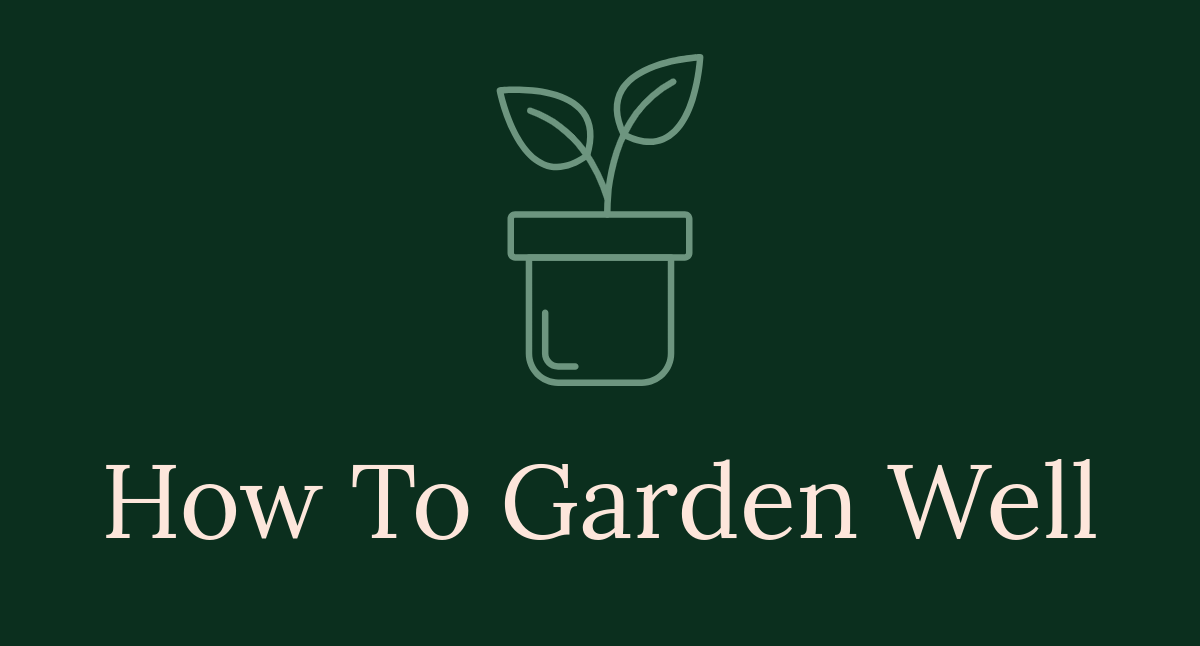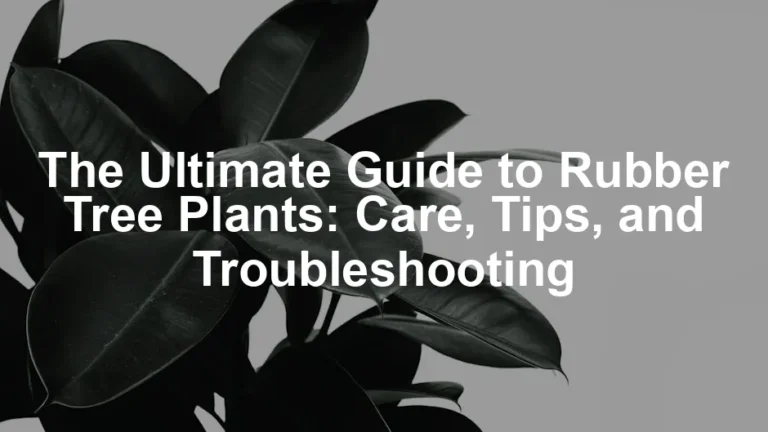

Hydroponic Gardening Systems for Beginners: Your Comprehensive Guide
Introduction
Hydroponic gardening might sound like a futuristic concept reserved for scientists in lab coats, but fear not! This soil-less method of growing plants can be easily adopted by anyone, no green thumb required. Imagine harvesting fresh lettuce or herbs right from your kitchen counter without ever dealing with pesky soil or weeds. Sounds like a dream? It’s time to wake up and get growing! In this guide, we’ll walk you through everything you need to know about hydroponic gardening systems, tailored specifically for beginners. Hydroponics involves growing plants in nutrient-rich water instead of soil, offering a clean and efficient way to cultivate your own fresh produce. This innovative method is perfect for urban environments, where space is often limited. Plus, it allows you to have more control over your plants, leading to healthier and faster growth. So, grab your gardening gloves (or don’t, if you prefer!) and get ready to dip your toes into the wonderful world of hydroponic gardening. We’ll help you navigate the basics, set up your system, and even troubleshoot issues along the way. Get ready to enjoy the satisfaction of growing your own food—without the mud!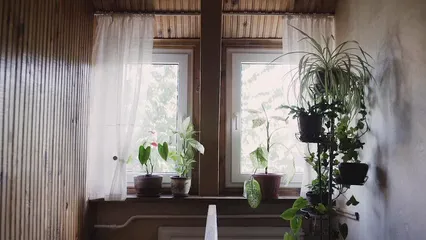
Understanding Hydroponics
What is Hydroponic Gardening?
Hydroponic gardening is the art of growing plants without soil. Instead, plants thrive in a nutrient-rich water solution. This method allows roots to access the nutrients they need directly, leading to healthier plants and quicker growth. Hydroponics eliminates the need for traditional gardening tools, soil, and all those pesky weeds! The primary components of a hydroponic system include water, nutrients, an aeration system, and a growing medium. Common mediums include rock wool cubes, clay pellets, and perlite. By providing a controlled environment, hydroponic gardening can yield crops faster than traditional soil methods, making it an attractive option for beginners and seasoned gardeners alike. In essence, hydroponics opens up a new avenue for growing plants, whether you have a sprawling backyard or just a small apartment. With a little planning and preparation, anyone can become a hydroponic gardener! So, let’s dig deeper (figuratively, of course) into the advantages of this innovative gardening approach.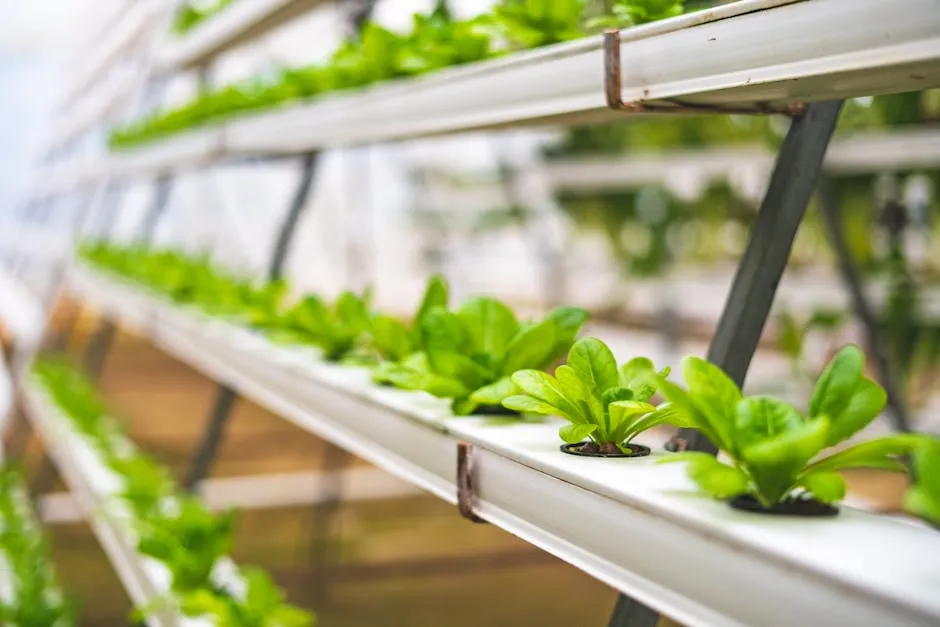
Advantages of Hydroponic Gardening
Hydroponic gardening isn’t just a quirky trend; it’s a game changer for anyone looking to grow plants efficiently! Here’s why you should consider it: Faster Growth Rates and Higher Yields Plants grown hydroponically can mature up to 50% faster than their soil-grown cousins. Why? Because they get direct access to nutrients, oxygen, and water. This means more salads on your table and fewer impatient wait times! Space Efficiency and Suitability for Urban Environments Living in a small apartment? No problem! Hydroponic systems can be set up anywhere—balconies, rooftops, or even indoors. Vertical gardening options save space, allowing you to unleash your inner urban farmer without needing a sprawling backyard. Consider a vertical hydroponic garden system for maximizing your crop production! Water Conservation and Reduced Pest Problems Hydroponics uses 90% less water than traditional farming. Yep, you read that right! The recirculating system minimizes waste. Plus, without soil, the risk of soil-borne pests and diseases drops significantly. Goodbye, pesky bugs!For more on how you can conserve water while gardening, check out this guide on how to design a rain garden for water conservation.
Common Hydroponic Systems for Beginners
Ready to jump into hydroponics? First, you need to choose your weapon! Here are some popular systems ideal for beginners: Deep Water Culture (DWC) In DWC, plants sit in net pots above a nutrient-rich water reservoir. An air pump keeps the water oxygenated. It’s straightforward, inexpensive, and forgiving—perfect for newbies! Just keep the water level right, and watch your plants thrive! You can find a great Deep Water Culture Hydroponic System to get started! Nutrient Film Technique (NFT) NFT involves a thin film of nutrient solution flowing over the roots. It sounds fancy, right? While it’s efficient, it can be a bit tricky for beginners. If the pump fails, plants can quickly suffer. So, maybe save this one for later! Wick System This passive system uses a wick to draw nutrient solution from the reservoir to the plants. It’s simple and requires no pumps, making it a low-maintenance option. However, don’t expect the same growth rates as DWC or NFT. Each system has its perks and quirks. For beginners, DWC is often the easiest and most rewarding choice. Get growing, and soon you’ll be a hydroponics pro!
Step-by-Step Setup Guide
Setting up a Deep Water Culture (DWC) hydroponic system is simpler than assembling IKEA furniture—minus the existential dread! Here’s how to put it all together.Preparing the Container and Air Pump Setup
First, grab a large, opaque container. Opaque prevents algae growth. Drill holes in the lid, spaced about 15cm apart, to fit your net pots snugly. Ensure the holes are slightly larger than the pots to avoid spills. Once your container is ready, it’s time for the air pump! Position the air pump outside the reservoir. Connect it to an air stone using tubing. This setup will ensure your plants’ roots receive ample oxygen. Attach the air stone inside the container’s bottom—this keeps the nutrient solution oxygenated and happy. You can find air pumps for hydroponic systems that fit your needs perfectly!
Adding the Nutrient Solution and Ensuring Proper Aeration
Now, fill your container with water, leaving a bit of space at the top. Next, add hydroponic nutrients according to the manufacturer’s instructions. Good nutrients are like the secret sauce for plant growth! You can grab a hydroponic nutrient solution to make sure your plants get the best! Check the pH of your solution. Aim for a sweet spot between 5.5 and 6.5 for optimal nutrient absorption. Adjust using pH up or down solutions as needed. With everything in place, plug in the air pump and let it work its magic. Voila! Your DWC system is ready to support your leafy green ambitions.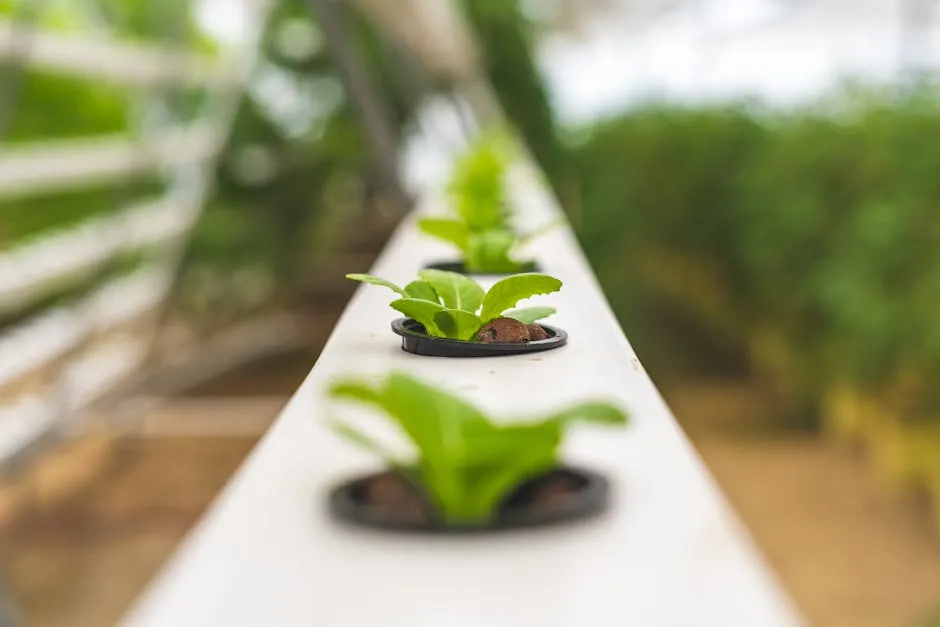
Growing Hydroponic Plants Successfully
Selecting the Right Plants
Choosing the right plants is crucial for a successful hydroponic garden. As a beginner, start with easy-to-grow crops. Lettuce is a top contender—quick to grow and delicious in salads. Herbs like basil and parsley thrive in DWC systems too. Want a sweet treat? Try cherry tomatoes! They adore hydroponics and yield tasty results. When starting seedlings, consider using rock wool cubes or seed starting plugs. They provide a great environment for roots to develop. Once your seedlings establish a solid root system, transplant them into your net pots. This transition is like moving from a cozy apartment to a spacious mansion—your plants will thank you!
Nutrient Management
Nutrient management is the backbone of hydroponic success. Your plants need a balanced diet, just like you after a long day. Hydroponic nutrient solutions provide the essential elements, primarily nitrogen, phosphorous, and potassium (NPK), along with trace minerals. Make sure to use a hydroponics starter kit to get all the essentials! Regularly check the pH level and electrical conductivity (EC) of your nutrient solution. Maintaining correct pH levels ensures your plants absorb nutrients effectively. Adjust the nutrient solution every two to three weeks to keep it fresh and lively. Create a feeding schedule to keep your plants happy. A little TLC goes a long way! Monitor your plants for signs of stress or nutrient deficiencies. Yellowing leaves? Might need more nitrogen! With the right plants and nutrients, your hydroponic garden will flourish. You’ll soon be harvesting a bounty of fresh produce right from your kitchen! Happy growing!
Lighting and Environmental Control
Selecting the right lighting is crucial for your indoor hydroponic setup. Two popular options are LED and fluorescent lights. LED grow lights are energy-efficient and long-lasting. They provide a full spectrum of light, mimicking natural sunlight. This helps your plants photosynthesize effectively, leading to faster growth. On the other hand, fluorescent lights are more budget-friendly and also effective for growing herbs and leafy greens. However, they may not be as efficient as LEDs in the long run. When positioning your lights, keep them about 12 to 24 inches above your plants. This distance prevents burning while ensuring the plants receive adequate light. Adjust the height as your plants grow to maintain optimal exposure. Temperature and humidity play a significant role in plant health. Most hydroponic plants thrive in temperatures between 65°F and 75°F (18°C to 24°C). Keeping the environment stable helps prevent stress on your plants. If the temperature climbs too high, consider using fans or air conditioning to cool things down. Conversely, if it gets too cold, heat mats can help maintain warmth. Humidity levels should ideally hover around 50%. High humidity can lead to mold and mildew, while low humidity can cause plants to dry out. If your space is too humid, a dehumidifier can help. For dry conditions, misting your plants or using a humidifier will do the trick. By carefully managing lighting and environmental factors, you can create a thriving hydroponic oasis that yields abundant produce. Remember, happy plants make for a happy gardener!
Troubleshooting Common Issues
Nutrient Imbalances and pH Problems
One of the most common issues hydroponic gardeners face is nutrient imbalances. Symptoms of nutrient deficiency include yellowing leaves, stunted growth, and browning tips. To rectify this, regularly test the pH and electrical conductivity (EC) of your nutrient solution. Aim for a pH between 5.5 and 6.5. If your pH is too high, use pH down solutions. If it’s too low, pH up solutions can help restore balance. Additionally, ensure you’re following the recommended nutrient guidelines for your plants. Adjust nutrient concentrations based on plant growth stages. For example, young plants require more nitrogen, while fruiting plants need higher phosphorus. Regularly replacing the nutrient solution—every two to three weeks—also prevents buildup and maintains a balanced nutrient profile.
Pests and Diseases
Hydroponics may reduce the risk of soil-borne pests, but pests can still invade your system. Common pests include aphids, spider mites, and whiteflies. To prevent these little intruders, regularly inspect your plants for signs of infestation. Using yellow sticky traps can help monitor pest populations. If you spot pests, isolate affected plants immediately. Neem oil and insecticidal soap are effective treatments for managing pests organically. Additionally, maintaining cleanliness in your setup will help deter pests. Diseases can also occur in a hydroponic environment. Fungal infections like root rot can stem from overwatering or poor aeration. Ensure your plants’ roots receive adequate oxygen by using air stones and regularly checking water levels. If root rot develops, remove affected plants and treat the remaining roots with a hydrogen peroxide solution.
System Maintenance Tips
Maintaining your hydroponic system is key to its success. Establish a regular cleaning schedule to prevent algae growth and nutrient buildup. Clean your reservoir and equipment every month, using a mild bleach solution to disinfect surfaces. Monitoring water levels is crucial. As plants grow, they consume more water and nutrients. Check levels weekly and refill as necessary. Additionally, replace nutrient solutions every two to three weeks to keep your plants happy and healthy. Keep an eye on your plants’ health. Yellowing leaves or stunted growth can signal underlying issues. By addressing problems early, you can enjoy a thriving hydroponic garden and a bountiful harvest year-round. Happy gardening!
Harvesting and Enjoying Your Hydroponic Bounty
Harvesting Techniques
Harvesting your hydroponic crops can be a thrilling experience! For leafy greens and herbs, timing is crucial. Wait until they reach a suitable size. For lettuce, that’s usually about 6-8 inches tall. Use clean, sharp garden shears for the job. Cut just above the base of the plant, leaving some leaves intact. This encourages regrowth, giving you multiple harvests from one plant. When it comes to herbs like basil or parsley, snip off the top leaves first. This promotes bushier growth. Remember, avoid harvesting more than one-third of the plant at once. Doing so can stress your plants. Keep those greens happy, and they’ll reward you with a continuous supply of fresh flavors.
Recipes and Uses for Your Produce
Now that you’ve harvested, it’s time to savor your fresh bounty! Hydroponically grown produce tastes amazing, and it’s versatile in the kitchen. Here are a couple of quick recipes to showcase your greens: Hydroponic Salad: Toss together fresh lettuce, sliced cucumbers, and cherry tomatoes. Drizzle with olive oil, lemon juice, salt, and pepper for a refreshing salad that screams “I grew this!” Herb Pesto: Blend fresh basil leaves, garlic, pine nuts, and Parmesan cheese. Slowly drizzle in olive oil until smooth. This luscious pesto can jazz up pasta, sandwiches, or even a simple spread on toast. Get creative and experiment with different combinations! Your hydroponic garden will provide endless culinary delights.
FAQs
What is hydroponics?
Hydroponics is a method of growing plants without soil, using nutrient-rich water instead.
Is hydroponic gardening expensive?
Initial costs can be higher, but long-term savings on water and space make it worthwhile.
What plants grow best in hydroponic systems?
Lettuce, herbs, and cherry tomatoes are great options for beginners.
How often should I change the nutrient solution?
Change it every two to three weeks for optimal plant health.
Can I grow hydroponic plants indoors?
Absolutely! Just ensure you have adequate lighting and temperature control.
All images from Pexels
